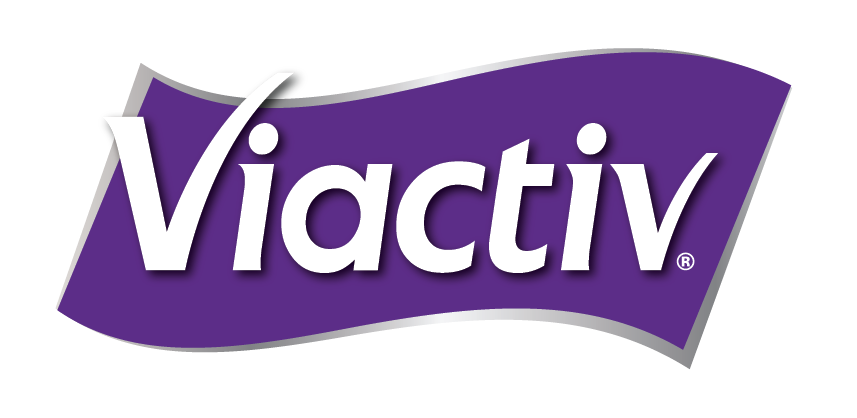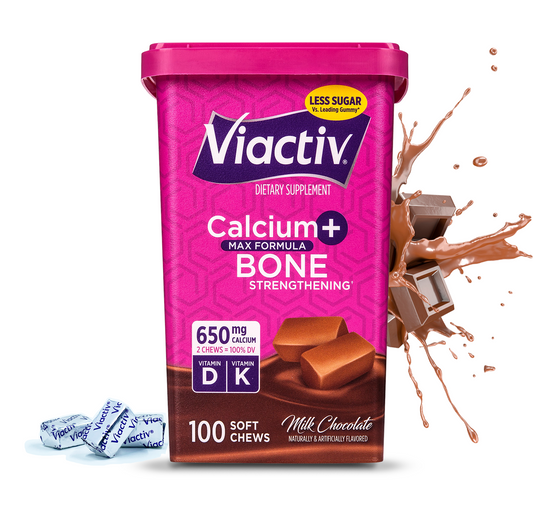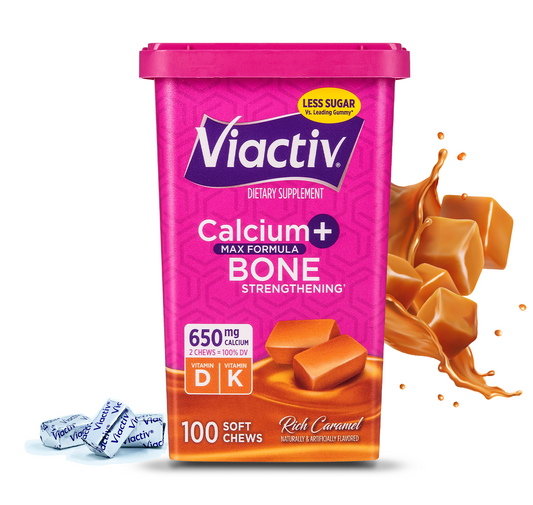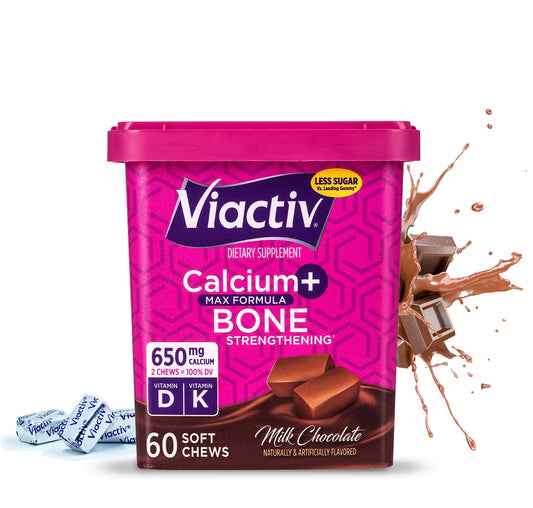Key Takeaways:
- Omega-3s provide nourishment to help keep your eyes moist and hydrated.
- There is an association between omega-3s in your diet and occasional dry eye symptoms.
- The omega-3, DHA, is a building block for your vision and supports your retinae.
Omega-3s are a member of the essential fatty acid family. The most common Omega-3s are called Alpha Linolenic Acid (ALA), Eicosapentaenoic Acid (EPA) and Docosahexaenoic Acid (DHA). ALA is the most abundant omega-3 found in nature. Unfortunately, this plant source omega-3 is not a preformed omega-3 fatty acid, meaning it must be biochemically converted in the body to EPA and DHA for the nutrients to be useful. EPA and DHA are “preformed,” marine-sourced omega-3s, which means that these nutrients can be immediately beneficial when consumed.[1] EPA and DHA are known to have many total body benefits – for your heart, brain, joints, eyes, and more. Focusing on eye health, EPA and DHA provide the eyes with full coverage. They nourish both the surface of your eyes as well as the internal parts of your eyes responsible for vision. DHA is a major structural component of the retinae in your eyes, and EPA may help occasional dry eye symptoms (among other things). In this article we’ll cover how omega-3s help both the outside and inside of your eyes, as well as provide a recommendation on the best omega-3 supplement for occasional dry eyes.
Omega-3s for Occasional Dry Eyes

Starting with the outer surface of your eyes, in a study of 32,470 healthy women, researchers found a 66% reduction in occasional dry eye symptoms in participants that consumed 5-6 servings of fish (tuna) each week.[2] Why might this be? Well, there are very small oil glands on the edge of each eye lid called meibomian glands. Meibomian glands are responsible for providing the oily layer of tears for your eyes. Every time you blink, a small amount of oil is distributed onto the surface of your eyes, keeping them wet and ensuring that they’re hydrated. This layer of oil is the outer layer of the tear film. Without this layer, your tears would evaporate quickly, and the surface of your eyes may become unsmooth and dry. If you didn’t have this layer, crisp vision may also be challenging. For crisp vision, light must pass directly through to the retina. Light passing through a rough or unstable tear film may be redirected and not directed optimally to the retina, which may cause distorted vision– think looking through a dirty window. The oily tear film is responsible for up to 60% of the eye’s refractive power, so maintaining a healthy tear film helps to support light being directed optimally to the retinae, just like light passing through a clean window.[3] Research has shown that omega-3s for occasional dry eyes, and especially the omega-3 EPA, provides the best oil for these ocular glands.[4] Not only will your eyes stay moist and comfortable, the quality of your vision will also remain stable.
Omega-3s and the Inside of the Eye

When it comes to the internal parts of the eye, according to the American Optometric Association, the highest concentration of DHA is found in the retina. The retina is responsible for visual recognition, suggesting it has an important function on helping to send signals from the eyes to the brain.[5] The retina is also the most active tissue in the body. It has the highest demand for oxygen and gets nearly constant exposure to light. Fortunately, our eyes evolved to be responsive to nutritional factors, like omega-3s, EPA and DHA that are beneficial against constant use and potential stress.[6] The American Academy of Ophthalmology also states that research shows omega-3s may help with maintaining normal blood vessels in the back of the eye, providing nutrients to maintain healthy retinal conditions.[7]
Don’t Like Fish? Take the Best Omega 3 Supplement for Occasional Dry Eyes

While 5-6 servings of tuna each week sounds excessive, and for some, impossible, omega-3s EPA and DHA can easily be consumed through supplementation. A high-quality omega-3 supplement with ample amounts of EPA and DHA can ensure you are getting enough of the fats you need to support your vision. Most healthcare professionals recommend at least 1,000mg of omega-3s EPA and DHA a day. Some healthcare professionals recommend 2,200mg of EPA and DHA has an omega-3 serving for healthy meibomian glands.[8] If your diet isn’t including 5-6 servings of Omega-3s EPA and DHA each week, a high-quality omega-3 supplement may be the easiest way to maintain healthy vision. Viactiv Omega Boost Gel Bite Gummies provides 720mg of DHA and 295mg of EPA in one serving. Our Gel Bite gummies have 10x more omega-3s than the leading omega-3 gummy and they are clinically proven to increase omega-3 levels by 50% in just 4 weeks. The eyes have an impact of every waking moment and all that we do during the day, so it’s important to make sure we’re getting enough EPA and DHA in our diets to maintain eye health as we age.
Sources
[1] The Omega-3 Effect | Ask Dr. Sears
[2] Relation Between Dietary n-3 and n-6 Fatty Acids and Clinically Diagnosed Dry Eye Syndrome in Women | National Institutes of Health (NIH)
[3] Effect of Oral Re-Esterified Omega-3 Nutritional Supplementation on Dry Eyes | National Institutes of Health (NIH)
[4] Study of Tear Film Optics and Its Impact on Quality of Vision | National Institutes of Health (NIH)
[5] Caring for Your Eyes - Diet and Nutrition | American Optometric Association (AOA)
[6] Nutrition in the Fight Against Eye Disease | American Academy of Ophthalmology (AAO)
[7] The Benefits of Fish Oil for Dry Eye | American Academy of Ophthalmology (AAO)
[8] Retina and Omega-3 | Journal of Nutrition and Metabolism
Last Updated On: May 17, 2023
First Published On: November 27, 2022





